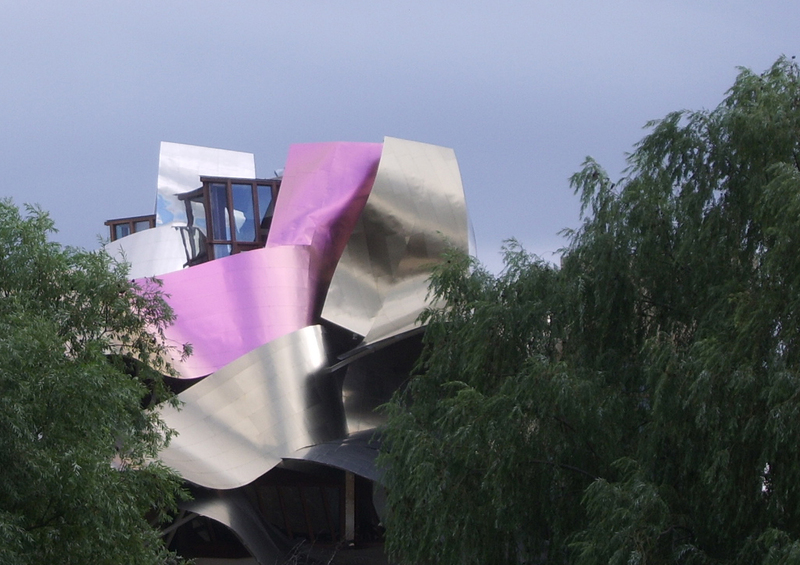The Constructed Environment’s Updates
The Frank Gehry Story
New York Books | Article Link | by Ingrid D. Rowland
Artists are a biographer’s nightmare. The most important events in their lives are usually the ones that take place quietly, slowly, in the repetitive actions of work, or within the sanctum of their skulls. Even Caravaggio, an artist with a penchant for swashbuckling exploits, spent as much time putting brush to canvas as he did making trouble, and his canvases finally tell us more about the man and his art than the police blotters recording his conflicts with the law.
The life of the architect Frank Gehry poses similar challenges. The real question his biographer needs to answer is the impossible one: how a sixtyish architect from Los Angeles ever came to imagine, much less build, the coppery metal carapace of the Guggenheim Museum in the heart of Basque country, in the declining port city of Bilbao. Before that 1997 project, and the subsequent plan to build a new concert hall in Los Angeles, Gehry was best known for constructing cheap buildings of cheap materials in the funky geometric shapes that began to punctuate the cityscape of Los Angeles in the disco era, one of them his own house on a placid residential street in Santa Monica.
The answer to these mysteries of creation has as much to do with what Gehry saw as with how he lived (he is a Toronto-born transplant to the West Coast who has had two wives and four children), or what kind of a person he might have been. In the case of Bilbao, he saw the dramatic promise of the site itself, a forested gorge that suddenly widens into an estuary making its serpentine way to the sea. Nineteenth-century Bilbao was laid out in regular blocks on the flood plain left by this bend in the Nervión River, to serve a burgeoning steel industry and a major port. Across the water, the maze of medieval Bilbao, a stop on the pilgrim road to Santiago de Compostela, huddled on a smaller sandbar beneath the limestone cliffs. Photographs of Gehry’s Guggenheim building rarely take in these natural surroundings, focusing instead on the tawny curves of the structure, clad in a combination of limestone and titanium panels. But Gehry himself was evidently looking at the view. The museum’s complex profile echoes the complexity of the hills around it, while its reflective façade takes on the colors of Bilbao’s perpetually changing sky.
But where did he get the idea for the object itself, for a metal-clad building composed of swelling, sweeping curvilinear planes? In part, certainly, from the great concrete sails of the Sydney Opera House, designed by Jørn Utzon, the building whose international impact the Basque authorities hoped to emulate by commissioning the Guggenheim project in the first place. But in Bilbao, along with the phantasmagoria of the landscape, there are also three exquisite little paintings by El Greco in the Fine Arts Museum, each of them presenting cloud constructions as abstract and powerfully architectonic as anything Gehry has conceived, and inspired, like the Guggenheim building, by the incomparable forms of nature, especially by those temperamental Spanish skies.
El Greco understood the structural power of his abstract shapes no less profoundly than Gehry, for he was an architect himself, as well as a painter and sculptor. His cloud constructions have made the same imaginative leap that Gehry’s built architecture began to make with the design of the Guggenheim Museum in Bilbao and of the Walt Disney Concert Hall in Los Angeles: a spring from the basics of post-and-lintel carpentry to building with abstract planes, each one unique, massed together to create spaces that are never hollow; instead, energy seems to funnel through them like an invisible liquid. On occasion, as in El Greco’s Burial of Count Orgaz (1586), a tiny human soul gets caught up in the windstorm, for the energy is divine, rushing eagerly back to its source.



